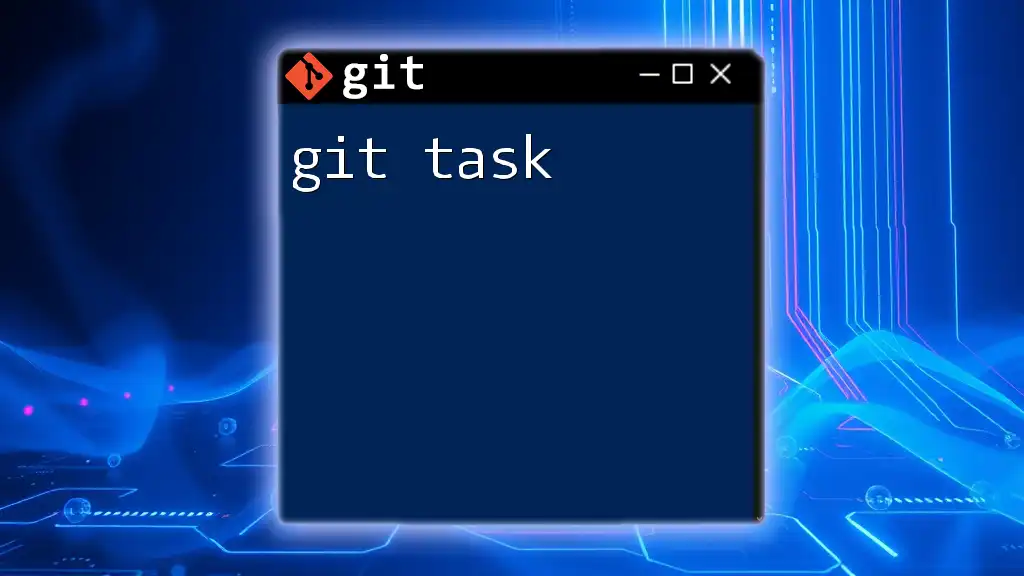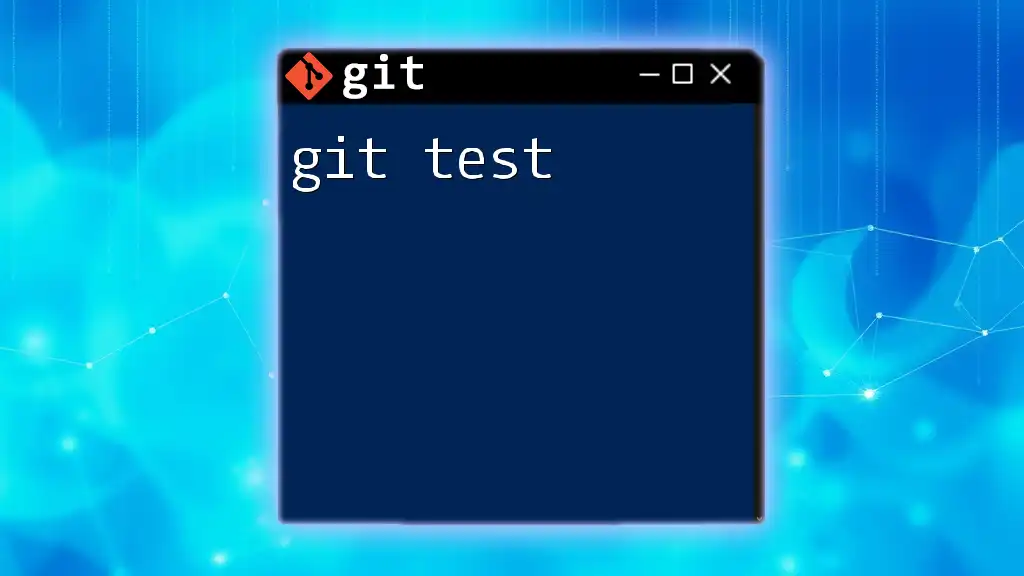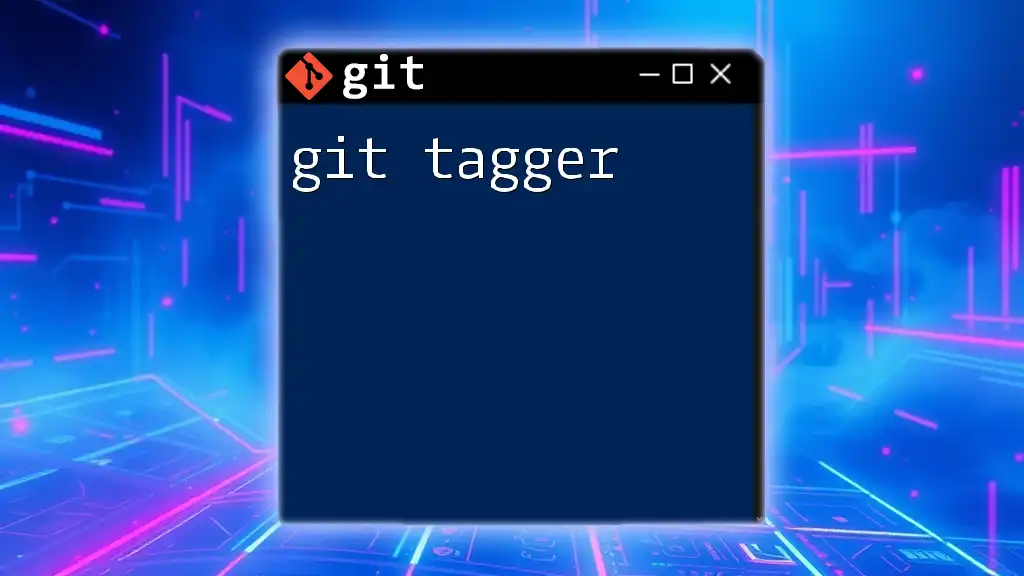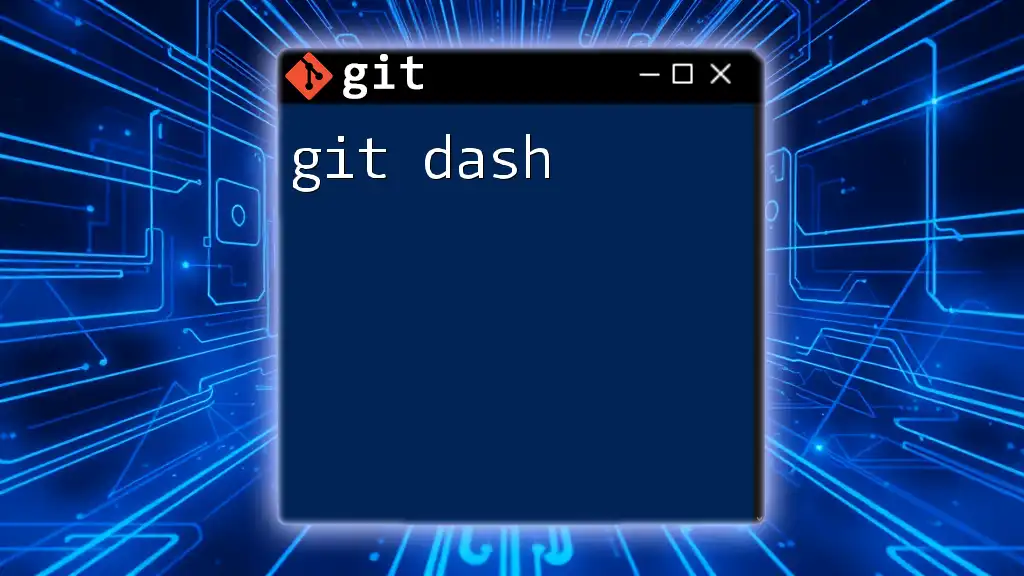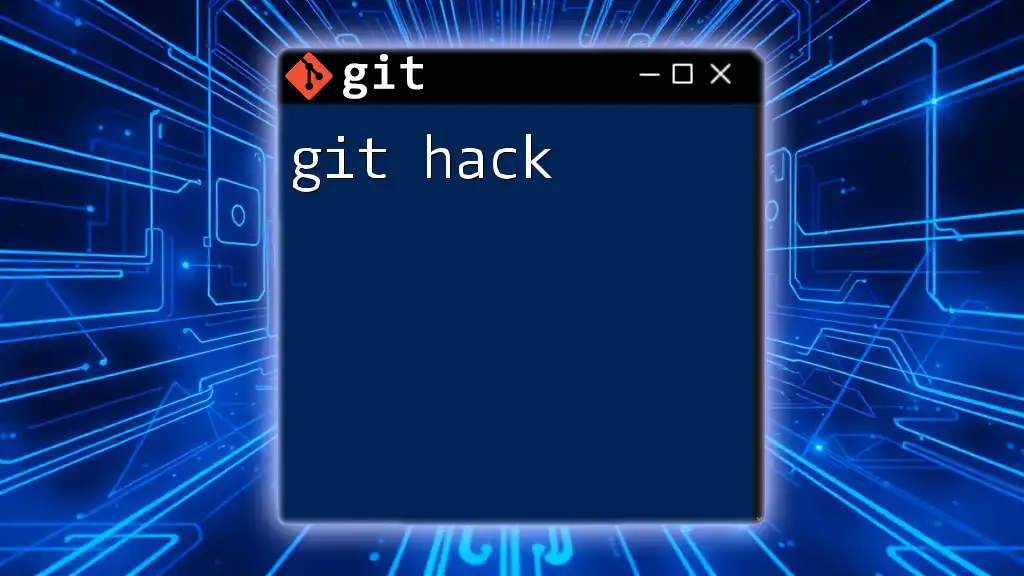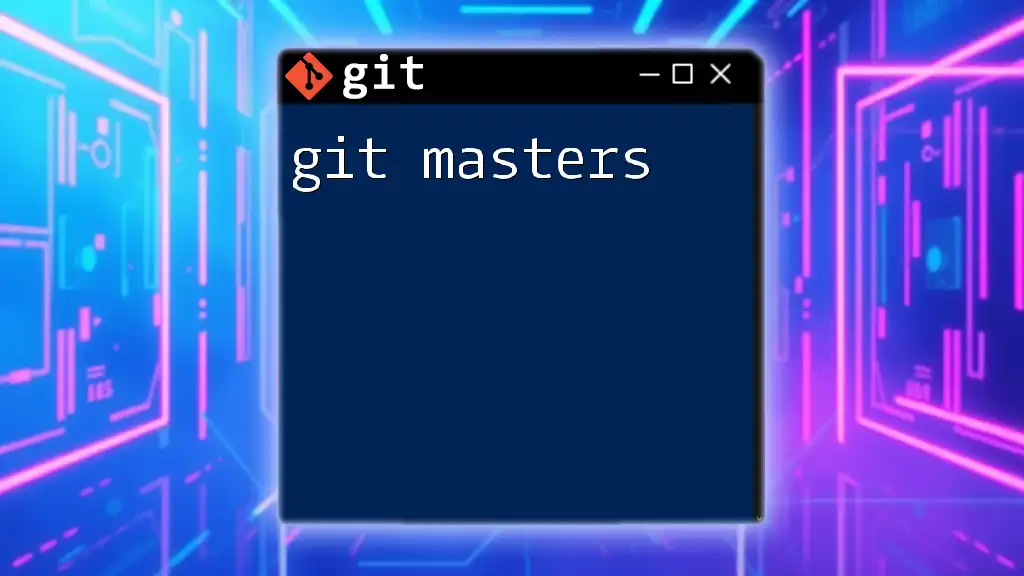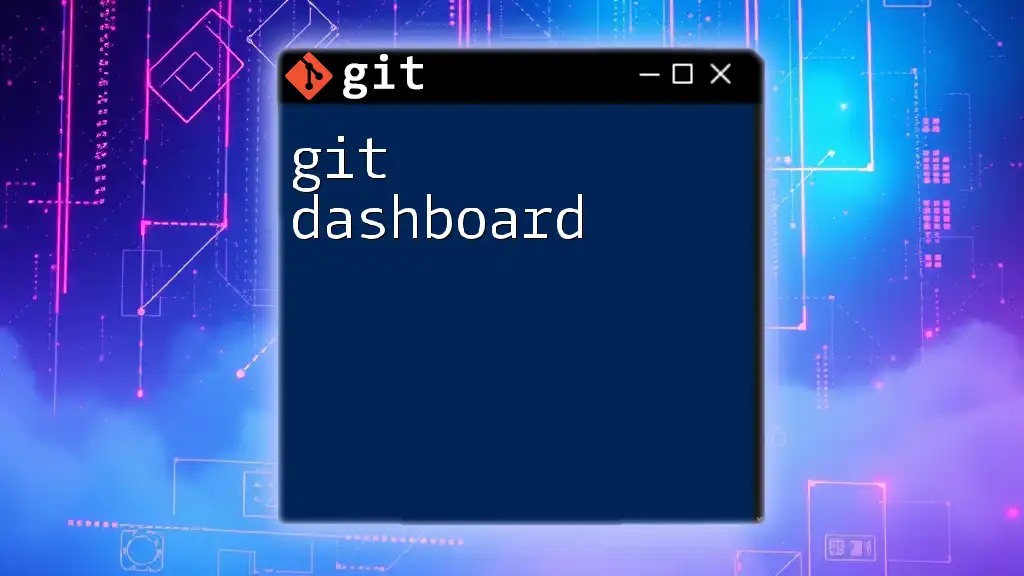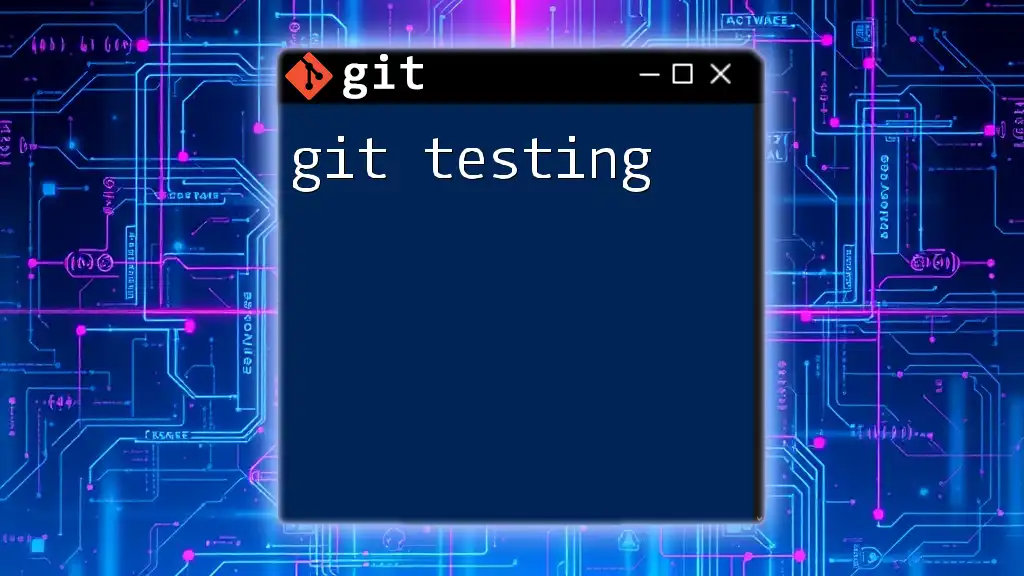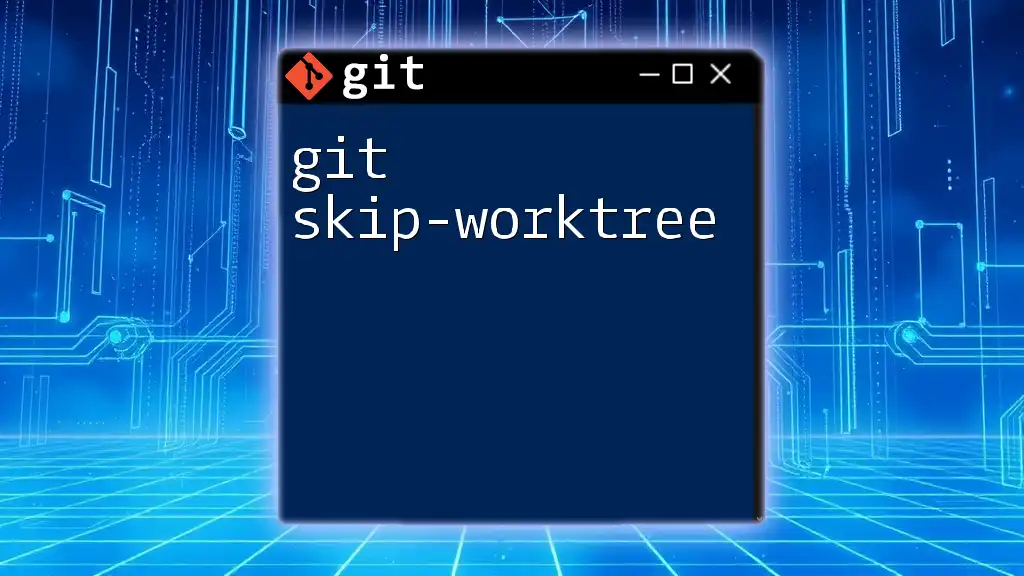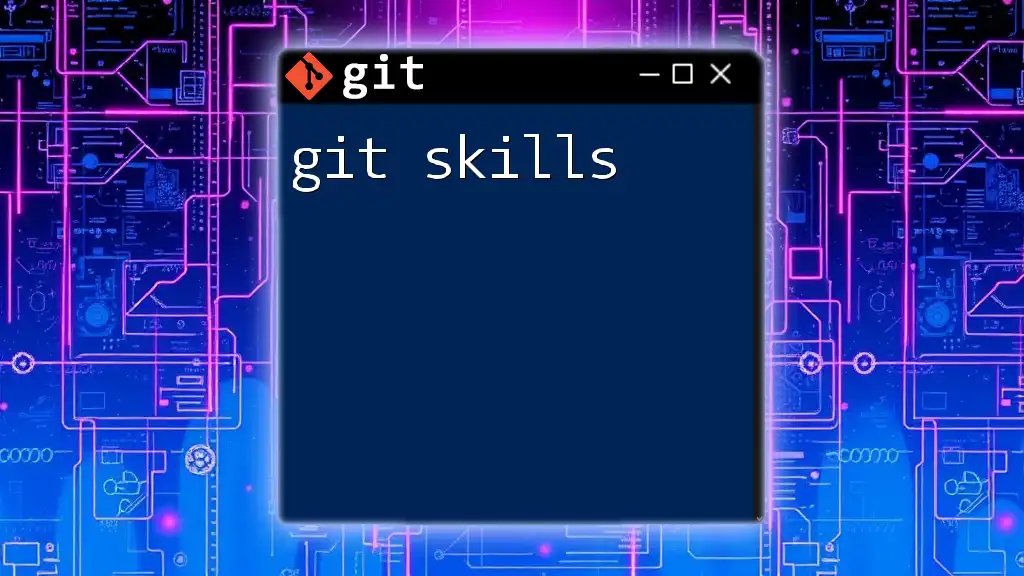A "git task" refers to a specific operation or action performed using Git commands, enabling users to manage and track changes in their code effectively.
Here's an example of a common git task: adding changes to the staging area.
git add .
Understanding Git Tasks
What are Git Tasks?
Git tasks are essential operations carried out within the Git version control system to manage, track, and manipulate changes in your codebase. They encapsulate a variety of functions, from creating and managing branches to handling commits and merges. They serve as the backbone of collaboration, allowing multiple developers to work on different aspects of a project simultaneously while maintaining a coherent project history.
Key Benefits of Using Git Tasks
Utilizing Git tasks brings several advantages:
- Streamlined Collaboration: Git tasks enable multiple contributors to work on different features or fixes without interfering with each other's work. This is achieved through branching and merging, allowing teams to integrate their changes effectively.
- Enhanced Project Management: Managing tasks with Git helps developers keep track of changes and better organize their work. Each task can correspond to different branches or commits, facilitating a more structured workflow.
- Improved Code Quality: By separating code changes into distinct tasks, developers can test and review individual features before merging them back into the main codebase. Regular commits with clear messages help maintain a comprehensive project history, making it easier to identify and fix bugs.
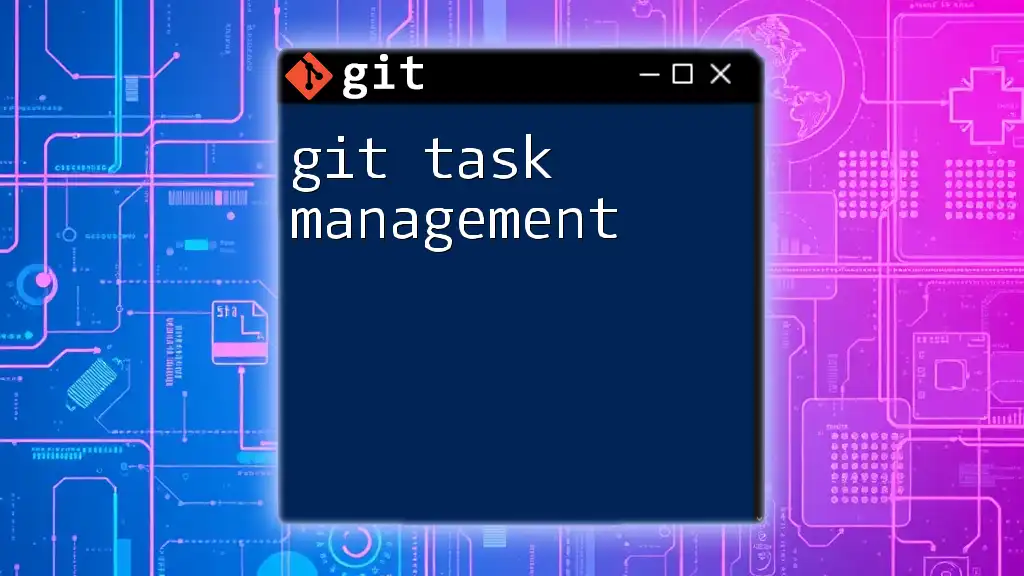
Setting Up Your Git Environment
Installing Git
Before diving into Git tasks, you need to install Git on your machine. Here's how to do it for different operating systems:
- For macOS using Homebrew:
brew install git - For Ubuntu:
sudo apt-get update sudo apt-get install git
Configuring Git
Once installed, setting up your Git environment correctly is crucial. Begin by configuring your user information, which is crucial for commit attribution:
git config --global user.name "Your Name"
git config --global user.email "you@example.com"
Verifying Your Installation
To ensure everything is set up correctly, check the version of Git installed on your system with the following command:
git --version
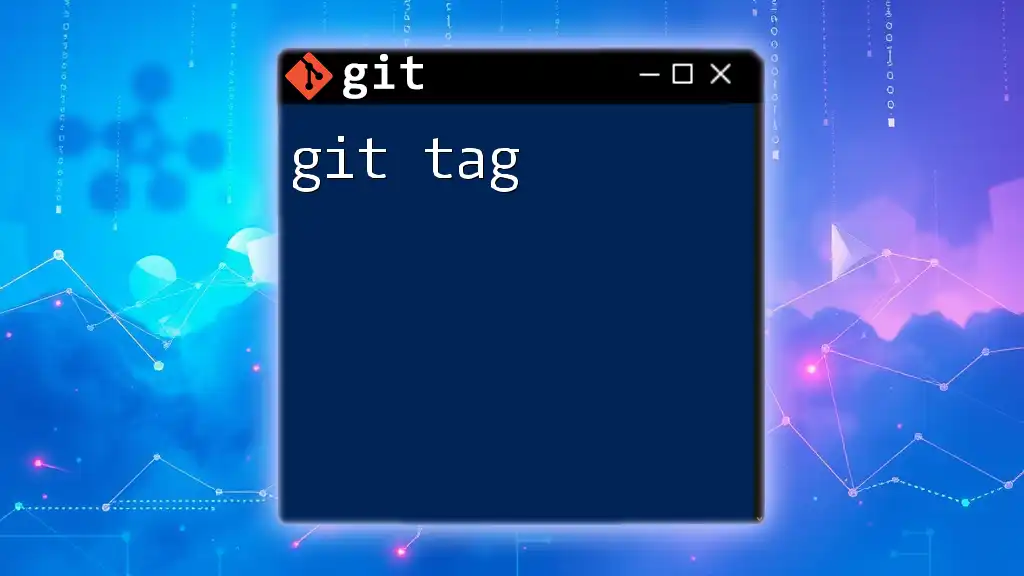
Essential Git Commands for Task Management
Creating a Repository
To start utilizing Git tasks, you must first create a repository. A repository (or repo) is a storage space for your project. You can create a new repository with:
git init my-repo
This command establishes a new directory named `my-repo` with a Git repository initialized in it.
Cloning a Repository
If you want to work on an existing project, you can clone a repository using:
git clone https://github.com/user/repo.git
This command creates a local copy of the remote repository, allowing you to perform Git tasks on it.
Adding Changes
After making changes to your files, you must stage them before committing. This is accomplished through the `git add` command:
git add filename.txt
Staging allows Git to track file changes, preparing them for a commit.
Committing Changes
A commit is a snapshot of your changes in the repository. It is crucial to write meaningful commit messages to convey the purpose of the changes clearly. Commit your staged changes with:
git commit -m "Add feature XYZ"
This command saves your changes along with the provided message, which is essential for understanding project history.
Pushing Changes to a Remote Repository
Once you've committed your changes, you can share them with others by pushing them to a remote repository. The command to do so is:
git push origin main
This command updates the remote repository, reflecting your local changes.
Pulling Changes from a Remote Repository
To keep your local repository synchronized with a remote repository, use `git pull` to fetch and integrate remote changes:
git pull origin main
This command helps maintain an up-to-date project state by incorporating any recent modifications made by collaborators.
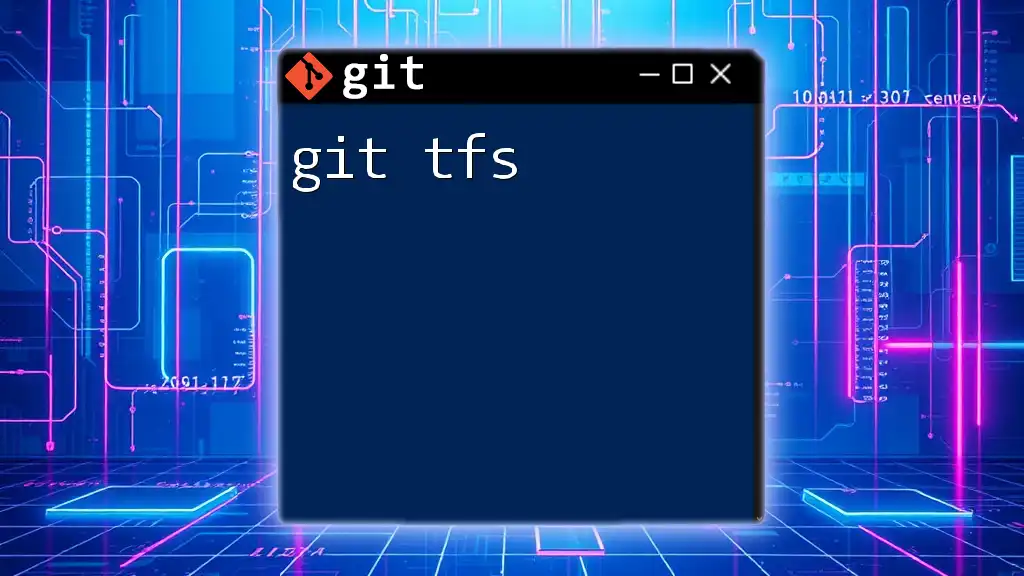
Advanced Git Task Management
Branching in Git
Branching is a powerful feature in Git that allows you to work on different features or fixes in isolation. To create a new branch:
git checkout -b new-feature
This command creates a new branch called `new-feature` and switches your working directory to it. This functionality is vital for developing features without disrupting the main codebase.
Merging Branches
Once a feature is complete, you can merge it back into the main branch. Switch to the main branch and use the merge command:
git checkout main
git merge new-feature
This operation integrates the changes from `new-feature` into `main`, ensuring that the codebase includes the latest developments.
Resolving Conflicts
During the merge process, conflicts may arise when the same part of a file has been modified in different branches. Git will notify you about conflicts, and you will need to resolve them manually. Open the files with conflicts, make necessary adjustments, and then stage the resolved files:
git add filename.txt
Finally, complete the merge by committing the changes:
git commit -m "Resolve merge conflict"
Deleting Branches
Once a branch has served its purpose, you may want to delete it to keep your repository clean. To delete a branch:
git branch -d branch-name
This command removes the specified branch locally, maintaining a tidy workspace.
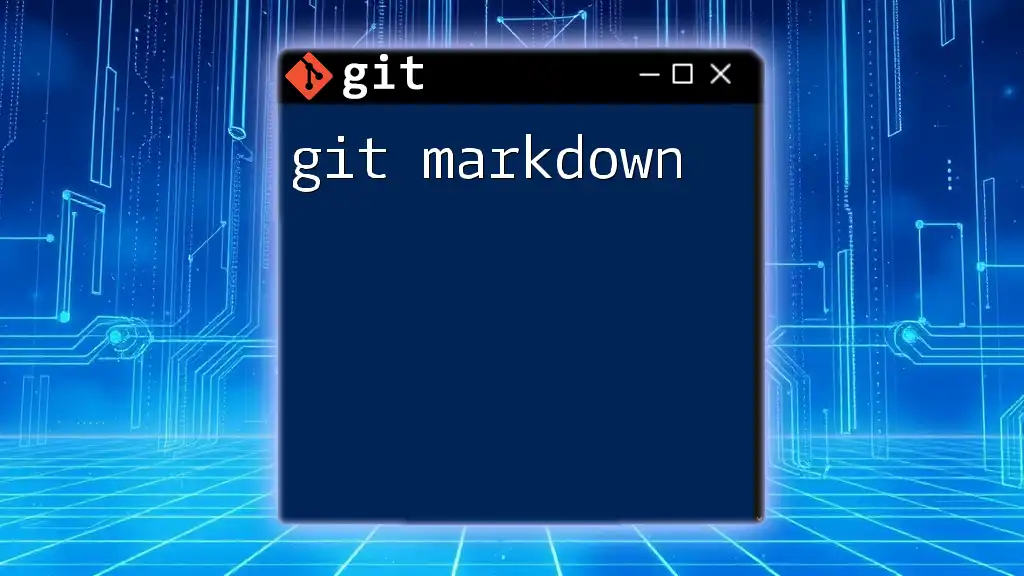
Common Git Tasks and Workflows
Task-oriented Workflows
Adopting a workflow based on your project requirements is vital. Two popular methodologies are:
- Git Flow: A structured branching model that utilizes multiple branches for development, testing, and release, enhancing collaboration among larger teams.
- GitHub Flow: A simpler approach suitable for continuous deployment, where feature branches are created and merged back into the main branch once completed.
Handling Code Reviews
In modern development, peer code reviews are crucial. Git facilitates this through pull requests. After pushing your branch to the remote repository, you can create a pull request to request feedback and approval from your peers.
Utilizing Tags for Versioning
Tags are useful for marking specific points in your project’s history, typically used for releases. You can create a tag with:
git tag -a v1.0 -m "Release version 1.0"
This command assigns a version number to a commit, making it easier to refer to significant changes in your project.
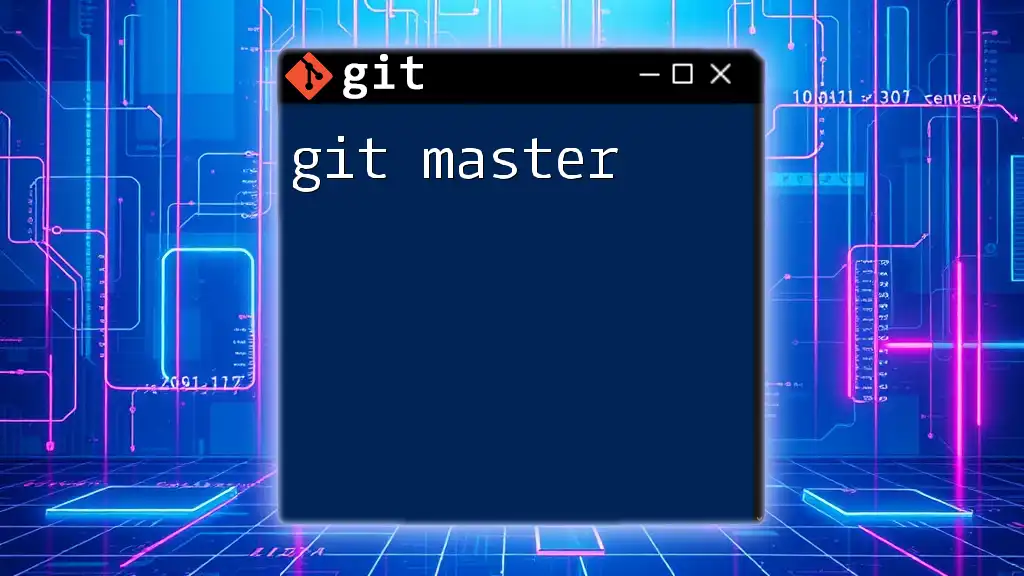
Conclusion
In this comprehensive guide, we have explored the intricacies of Git tasks, from setting up your environment and understanding essential commands to mastering advanced functionalities like branching and merging. By leveraging these tasks effectively, you can enhance your collaboration, maintain quality, and streamline your development workflow. Embrace the power of Git and elevate your coding endeavors!
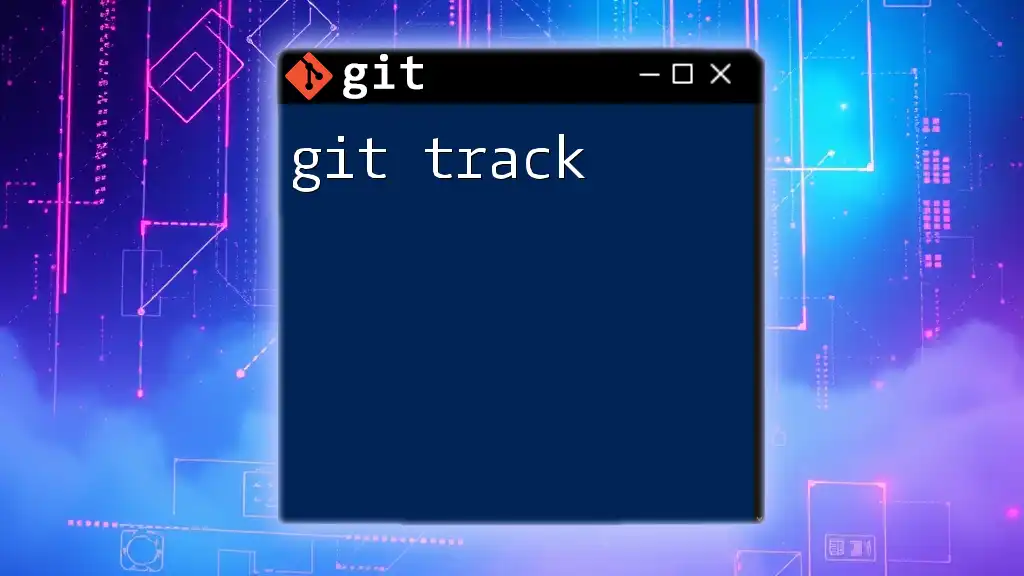
Additional Resources
For further reading, consider exploring the official Git documentation, investing in relevant books on Git practices, and joining community forums where discussions and assistance can broaden your understanding and proficiency with Git tasks.

